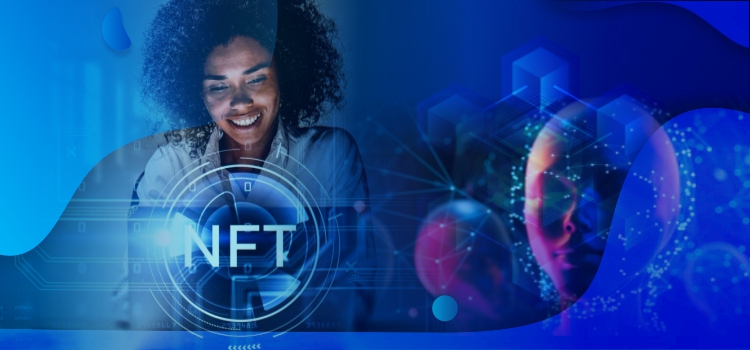In recent years, the art world has undergone a transformative revolution with the emergence of non-fungible tokens (NFTs). These unique digital assets have redefined the concept of ownership and value, extending their reach beyond the realm of digital art. While NFTs are commonly associated with digital creations, their application to physical art is gaining significant momentum, presenting new opportunitiesfor collectors and artists alike.
Non-fungible tokens (NFTs) are digital tokens that leverage blockchain technology to certify the authenticity, ownership, and provenance of unique assets. Unlike cryptocurrencies, which are interchangeable, NFTs represent distinct and indivisible items. This technology has found its way into the domain of physical art, enabling the tokenization of tangible masterpieces.
When physical art is tokenized as an NFT, the collector acquires a digital representation of the artwork, serving as a certificate of ownership. This NFT encompasses essential metadata, including information about the artwork, its creator, and a detailed transaction history, establishing the artwork's authenticity and provenance.
The market for art NFTs, including both digital and physical art, has experienced exponential growth in recent years. According to a report by NonFungible.com, the first quarter of 2021 saw a staggering $2 billion in sales of NFTs across various art categories.
While specific data for physical art NFTs is not readily available, the market size is significant and expanding rapidly. Major auction houses, galleries, and art platforms have embraced the trend of physical art tokenization, leading to high-profile sales and increased interest from collectors and investors.
For instance, in March 2021, an NFT representing a digital artwork by the artist Beeple was sold for a record-breaking $69 million at Christie's auction house. This milestone sale highlighted the immense value and potential of NFTs in the art world.
Furthermore, collaborations between established artists and NFT platforms have gained significant attention, further fueling the market for physical art NFTs. These partnerships aim to bridge the gap between traditional art and digital innovation, attracting a wider audience and creating new avenues for art acquisition and ownership.
Once a collector acquires the NFT representing the physical artwork, the process of accessing the actual masterpiece may vary. It typically involves a redemption mechanism facilitated by the NFT platform or marketplace. This mechanism requires coordination between the collector, the seller, and potentially a third party, such as a gallery or custodian. The collector may arrange for the artwork to be shipped to their desired location or coordinate a pickup from a designated venue.
The redemption process is crucial for ensuring a seamless transfer of the physical artwork while maintaining the integrity of the tokenized representation. Transparency and trust play significant roles in establishing secure procedures, protecting both the artist's legacy and the collector's investment.
What is the way forward for Physical Art NFTs? - As the adoption of NFTs continues to accelerate, the future of physical art tokenization appears promising. Technological advancements and increased acceptance by art institutions are driving further refinement of processes, improved standards for security and provenance, and enhanced experiences for collectors.
In the years to come, we can anticipate collaborations between artists, galleries, and NFT platforms to flourish, fostering innovation in the field of physical art tokenization. This convergence of traditional artistry and blockchain technology has the potential to democratize the art world, allowing artists to reach a broader audience and collectors to engage with unique and storied masterpieces.
Moreover, the expansion of physical art NFTs could create new avenues for art investment and ownership. Fractional ownership, where multiple collectors own a percentage of a high-value artwork, could become more accessible and streamlined through the transparency and divisibility of NFTs.
In conclusion, the emergence of NFTs has opened new horizons for the world of physical art, empowering collectors with digital representations that authenticate their ownership of tangible artworks. The market for physical art NFTs is experiencing remarkable growth, driven by high-profile sales and increased interest from collectors and investors. With technological advancements and growing collaborations, the future of physical art tokenization holds immense potential for transforming the art industry as we know it.

